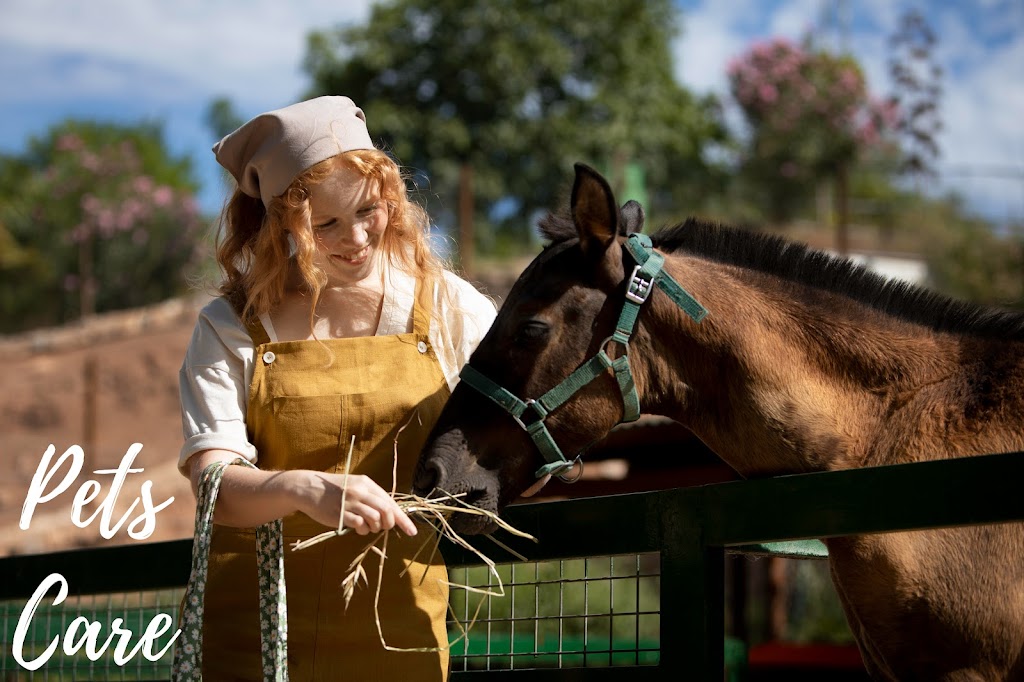Demystifying the Expenses of Rescuing a Horse in the UK: A Detailed Exploration
Introduction:
In the idyllic landscapes of the United Kingdom, where lush green pastures and winding country lanes define the scenery, the sight of majestic horses roaming freely is a common delight. Yet, amidst this picturesque setting, many equines face neglect, abandonment, or mistreatment, necessitating rescue and rehabilitation efforts. For those impassioned by equine welfare, the desire to rescue and provide sanctuary to these animals burns bright. But what does it truly entail in terms of financial commitment to rescue a horse in the UK? In this extensive guide, we delve into the myriad factors that influence the cost of rescuing a horse, from adoption fees to ongoing care expenses.
Understanding the Imperative for Rescue:
Before delving into the financial intricacies of horse rescue in the UK, it’s imperative to grasp the underlying reasons for the existence of equine rescue organizations. Despite the UK’s renowned affinity for horses, instances of neglect, abuse, and abandonment still persist. Horses may find themselves in dire straits due to varied factors, including economic hardship, owner ignorance, or sheer lack of suitability to their previous guardians.
Rescue organizations serve as beacons of hope for these horses, extending a lifeline and offering them a chance at redemption. Through diligent rehabilitation, veterinary care, and concerted rehoming endeavors, these organizations strive to afford rescued equines a second shot at a fulfilling life.
Factors Shaping the Cost of Rescue:
The financial outlay involved in rescuing a horse in the UK can fluctuate significantly based on several pivotal factors. Here are some key determinants that exert influence over the overall expense:
1. Adoption Fees: Central to the cost structure of equine rescue is the adoption fee levied by most organizations. This fee encompasses expenses related to the care and upkeep of the horse, including but not limited to medical treatment, feeding, and shelter. Variables such as the horse’s age, breed, temperament, and level of training exert discernible impact on the adoption fee. Which can span from modest sums to more substantial amounts, often several thousand pounds.
2. Veterinary Care: Prompt medical attention is typically imperative upon the rescue of a horse, necessitating a comprehensive veterinary assessment. This may entail vaccinations, deworming, dental procedures, and treatment for pre-existing ailments. The cost of veterinary care can escalate swiftly, particularly for horses beset by intricate health issues or injuries.
3. Rehabilitation and Training: A significant subset of rescued horses may necessitate extensive rehabilitation and training to ameliorate physical or behavioral anomalies stemming from neglect or abuse. Engaging professional trainers or behaviorists incurs supplementary expenses, contributing to the overall financial burden.
4. Transportation: The logistical aspect of transporting a rescued horse to its new abode or a rehabilitation facility warrants consideration. Whether enlisting the services of professional equine transporters or arranging transportation via trailer. Costs vary contingent upon factors such as distance and logistical intricacy.
5. Initial Setup Costs: Post-rescue, there ensue initial setup expenses encompassing acquisition of essential accouterments such as tack, grooming paraphernalia, bedding, and requisite infrastructure including shelter and fencing.
6. Ongoing Care Expenses: Sustaining a rescued horse mandates ongoing financial provision spanning feed, bedding, farrier services, veterinary care, and insurance premiums. These expenses fluctuate depending on the horse’s unique requisites and the standard of care warranted.
7. Legal and Administrative Fees: The rescue process often entails navigational hurdles in the form of legal and administrative requisites, comprising adoption contracts, microchipping, and registration with pertinent equine welfare entities.
Navigating the Adoption Protocol:
Rescuing a horse in the UK typically entails traversing a meticulous adoption process. Prospective adopters are invariably subjected to stringent screening mechanisms. Encompassing background checks, references, and sometimes home visits to ensure that the adopter can provide a suitable environment for the horse. These measures are in place to safeguard the welfare of the rescued equines and ensure that they are placed in caring and responsible homes.
Financial Planning and Budgeting:
Given the multifaceted expenses associated with rescuing a horse in the UK, meticulous financial planning is indispensable for prospective adopters. Establishing a comprehensive budget that encompasses both initial acquisition costs and ongoing care expenses is paramount. Here are some practical tips for effective financial planning:
1. Research and Compare: Prior to embarking on the adoption process, conduct thorough research on various rescue organizations and compare their adoption fees and policies. Additionally, familiarize yourself with the average costs of veterinary care, feed, and other essential supplies to formulate a realistic budget.
2. Factor in Contingencies: Anticipate unforeseen expenses by setting aside a contingency fund to address unexpected veterinary bills or emergent care requirements. This buffer can mitigate financial strain and ensure that your rescued horse receives prompt and adequate medical attention when needed.
3. Explore Financial Assistance Programs: Some equine rescue organizations offer financial assistance or subsidies to qualifying adopters, particularly for horses with special needs or medical conditions. Explore these options to alleviate financial burden and enhance your ability to provide optimal care for your rescued horse.
4. Consider Long-Term Costs: While the initial adoption fee and setup costs may constitute a significant portion of the expenditure, it’s essential to consider the long-term financial commitment involved in caring for a horse. Factor in ongoing expenses such as feed, veterinary care, farrier services, and insurance premiums when devising your budget.
5. Seek Professional Advice: Consult with equine professionals, such as veterinarians, farriers, or experienced horse owners, to gain insights into the anticipated costs associated with horse ownership and rescue. Their expertise can help you make informed decisions and devise a realistic budget that aligns with your financial resources and capabilities.
Conclusion:
Rescuing a horse in the UK is a noble endeavor that entails both emotional fulfillment and financial commitment. While the cost of rescue can be substantial, the rewards of providing a second chance to a deserving equine companion are immeasurable. By understanding the various factors that influence the cost of rescue and adopting prudent financial planning strategies. Prospective adopters can embark on this journey with confidence, knowing that they are making a tangible difference in the lives of rescued horses. May this guide serve as a beacon of guidance for those embarking on the noble endeavor of equine rescue in the United Kingdom.

